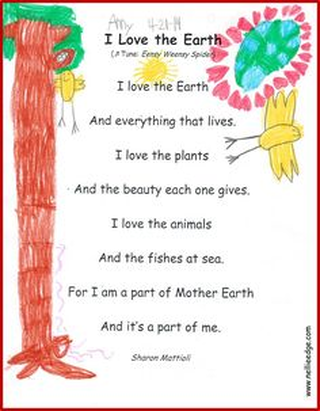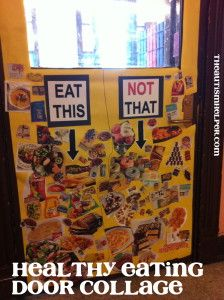What is our theme? Magical color transfer!
What is the lesson (overall purpose)?
to learn about being patient
MA Guidelines/Standards:
SEL8: The child will engage socially, and build relationships with other children and with adults.
APL 2: The child will demonstrate eagerness and curiosity as a learner.
APL4: The child will demonstrate creativity in thinking and use of materials.
Learning Outcomes:
to learn about mixing colors
Songs, Books & Videos (Motivational Techniques)
Book: Mix it Up By: Herve Tullet https://youtu.be/WLxFNtNZa4E
Materials
Activity (Procedure):
Activity Wrap Up: Ask your child, why and how do you think that happened? What colors did they make?
How do I know what my child is learning? (Assessment)
Is your child able to tell you what happened with the colored water and the paper towels?
How can you extend this activity? (Modifications)
You can try and add more colors to see what will happen
Helpful Hints: (Pitfalls & Solutions)
If you don’t have plastic clear cups, you can use glass cups( but please make sure to be very careful)
What is the lesson (overall purpose)?
to learn about being patient
MA Guidelines/Standards:
SEL8: The child will engage socially, and build relationships with other children and with adults.
APL 2: The child will demonstrate eagerness and curiosity as a learner.
APL4: The child will demonstrate creativity in thinking and use of materials.
Learning Outcomes:
to learn about mixing colors
Songs, Books & Videos (Motivational Techniques)
Book: Mix it Up By: Herve Tullet https://youtu.be/WLxFNtNZa4E
Materials
- red and yellow food coloring
- three pieces of paper towels
- three cups
- water
Activity (Procedure):
- Begin by placing the cups next to each in a line. Fill the first and third cup with water, leaving the center cup empty. Add several drops of yellow food coloring to the first cup.
- Add red food coloring to the third cup, be sure to stir each one to make sure the colors are completely mixed in.
- Twist each piece of paper towel to form a “wick” for your water to climb. Place one end of the twisted paper towel into the yellow water and the other end into the empty cup.
- You're going to want to do the same with the red water.
- It may take about 15 mins. to see anything happening.
Activity Wrap Up: Ask your child, why and how do you think that happened? What colors did they make?
How do I know what my child is learning? (Assessment)
Is your child able to tell you what happened with the colored water and the paper towels?
How can you extend this activity? (Modifications)
You can try and add more colors to see what will happen
Helpful Hints: (Pitfalls & Solutions)
If you don’t have plastic clear cups, you can use glass cups( but please make sure to be very careful)


 RSS Feed
RSS Feed
